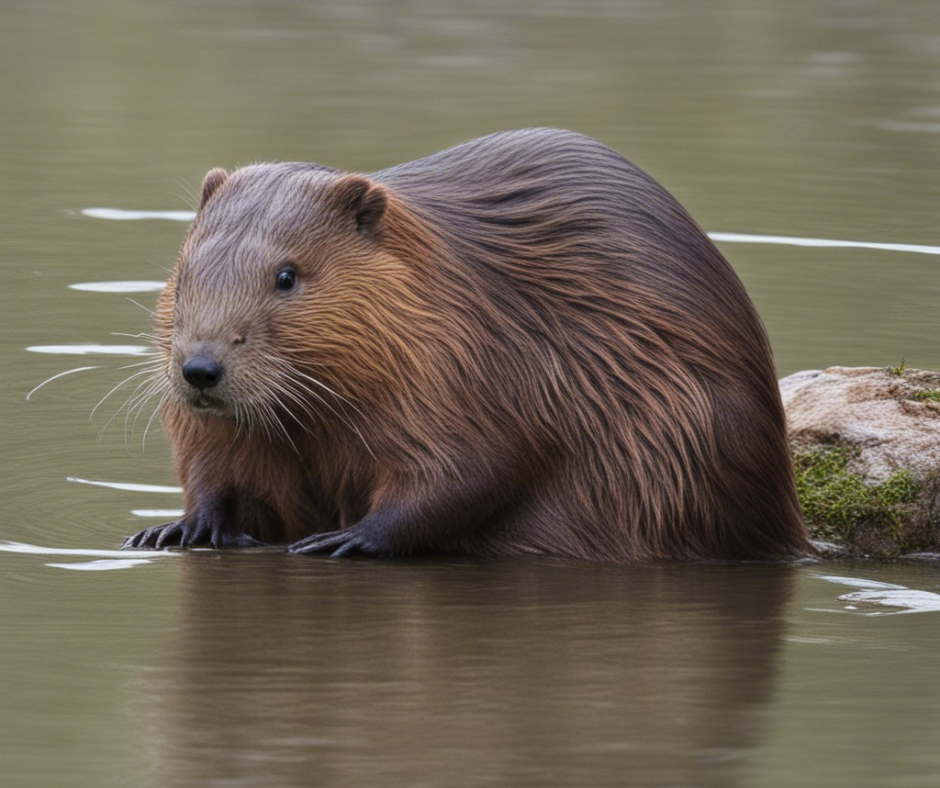

The History of The Beaver Fur
The history of the beaver fur is a fascinating tale that spans centuries and continents. Beavers have long been prized for their luxurious fur, which was highly sought after for its warmth, durability, and water-resistant qualities.
One of the earliest records of the use of beaver fur dates back to ancient times. Native American tribes in North America utilized beaver fur for clothing, blankets, and even ceremonial purposes. The fur was highly valued for its ability to keep them warm in harsh winter conditions.
During the 17th century, the demand for beaver fur skyrocketed in Europe. European explorers and traders discovered the abundance of beavers in North America and quickly realized the commercial potential of the fur. The fur trade became a major industry, with beaver pelts being shipped back to Europe in large quantities.
Beaver fur became a symbol of wealth and status in Europe. It was used to make fashionable clothing, hats, and accessories. The most famous example is the beaver felt hat, which became a fashion statement and a status symbol among the European elite. The beaver fur was felted to create a dense, waterproof material that was ideal for hat-making.
The demand for beaver fur had a significant impact on the exploration and colonization of North America. European settlers and fur traders ventured deep into the continent in search of beaver populations. This led to the establishment of fur trading posts and the development of trade networks with Native American tribes.
However, the beaver fur trade also had devastating consequences for the beaver population. The demand for fur was so high that beavers were hunted to near extinction in some areas. This prompted the implementation of conservation measures to protect the beaver population and ensure the sustainability of the fur trade.
Today, the beaver fur trade is much more regulated, with strict guidelines in place to protect the species. The use of beaver fur has also evolved, with a greater emphasis on ethical sourcing and sustainable practices. Faux fur alternatives have also gained popularity, providing a cruelty-free option for those who still desire the look and feel of beaver fur.
In conclusion, the history of the beaver fur is a complex tale of exploration, trade, and fashion. From its humble beginnings as a staple material for Native American tribes to its status as a luxury item in Europe, the beaver fur has left an indelible mark on history.
Related Posts
© 2025 Invastor. All Rights Reserved

User Comments